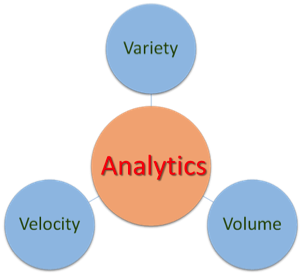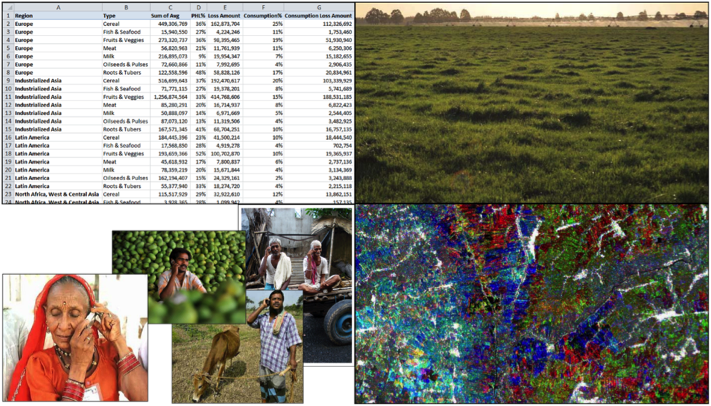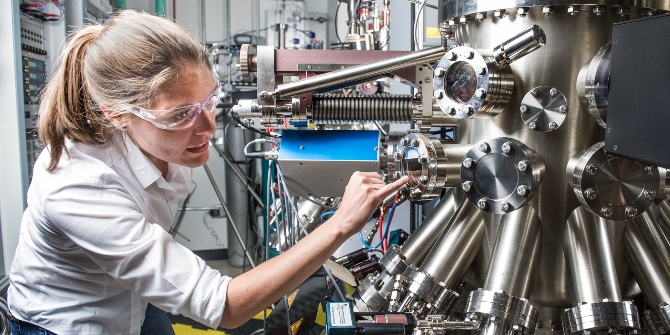
Production agriculture, farming, is an important sector affecting the global economy, societal well-being, and the vitality of natural ecosystems. Access to safe, nutritious, and affordable food is a goal for the citizens of all nations. In many developing countries, agricultural production employs the majority of the labour force. In more developed nations, an effective food and agricultural sector typically is a substantial economic activity.
Innovation over the last 150 years has been an important means by which agricultural systems have increased productivity and fed an ever-increasing global population. Mechanization of tillage practices fueled expansion of the land available for production while reducing human drudgery and labour needs. Biological science applied to crop breeding, mitigation of pests, and more effective preservation of agricultural produce after harvest expanded food availability for much of the world’s population. More recently, advances through application of biotechnology have been successfully employed (albeit not without controversy).
The phenomenon now known as Big Data has been effectively employed in numerous sectors and offers the promise to advance innovation in agriculture as well. Just a few of the examples being tested and implemented include drone- and/or satellite-based monitoring of the growing crop to guide crop protection and harvest decisions, analysis of GPS-based information of actual field conditions and yields to determine best practices for the following seasons, and equipment monitoring capabilities to optimize machine productivity. While adoption of such technologies is further advanced in developed countries, the potential for positive impact is at least as great in developing nations. Achieving these desirable outcomes, however, will require overcoming key impediments arising from the distinctive nature of agriculture.
Let’s consider this now overly familiar term, Big Data. Generally it is thought of as a singular entity. It is not! In reality, Big Data is much more a capability than it is a thing. It is the capability to extract information and insights where previously it was economically, if not technically, not possible to do so. Advances across several technologies are fueling the growing Big Data capability. These include, but are not limited to computation, data storage, communications, and sensing.
Three dimensions often are employed to describe the Big Data phenomenon: Volume, Velocity, and Variety (Figure 1). Each dimension presents both challenges for data management and opportunities to advance decision-making. These three dimensions focus on the nature of data. While each is important, we will see that variety is of particular relevance in agriculture.
Further, just having data isn’t sufficient. Analytics is the hidden, “secret sauce” of Big Data. Analytics refers to the increasingly sophisticated means by which useful insights can be fashioned from available data.
Regarding the 3V dimensions, volume is not defined in specific quantitative terms. Rather, Big Data refers to datasets whose size is beyond the ability of typical database software tools to capture, store, manage, and analyze. This definition is intentionally subjective; with no single standard of how big a dataset needs to be to be considered big. And that standard can vary between industries and applications.
Fig.1 Dimensions of Big Data (Sonka, 2016)

The velocity dimension refers to the capability to acquire, understand, and respond to events as they occur. Sometimes it’s not enough just to know what’s happened; rather we want to know what is happening now. Use of cell phone signals to provide real-time traffic information illustrates the value of high-velocity data.
For agriculture, the variety dimension of Big Data is the most novel and intriguing. For many of us, and for agricultural managers, data refers to numbers meaningfully arranged in rows and columns. However, the process of producing agricultural crops and livestock generates immense amounts of potential data. With historically available technologies, however, the cost of capturing that data greatly exceeded the benefits from doing so. Innovation currently is promising to materially alter that cost/benefit ratio. Successful development of such innovations is a critical but often overlooked requirement for Big Data to provide maximum benefits in agriculture.
Figure 2 illustrates this change. In its upper left hand corner, we see data as we are used to it – rows and columns of nicely organized numbers. In the figure’s upper right hand corner, we see a picture of a pasture in New Zealand. Pasture is the primary source of nutrition for dairy cows in that country and supplemental fertilization is a necessary economic practice. The uneven pattern of the forage in that field is measured by a sensor on the fertilizer spreader to regulate how much fertilizer is applied – as the spreader goes across the field. Now, uneven pasture growth can be data that is managerially relevant to the farmer.
The lower left hand corner of Figure 2 shows the most versatile sensor in the world – individuals using their cell phone. Particularly for agriculture in developing nations, the cell phone is a phenomenal source of potential change – because of information sent to those individuals but more importantly information they now can provide. And as illustrated in the lower right hand quadrant of Figure 2, satellite imagery can measure temporal changes in reflectivity of plants to provide estimates of growth. The picture shown is focused on rice production in Asia.
Fig. 2. A few sources of data (Sonka, 2016)

The potential for application of the tools and techniques of Big Data offers considerable potential to advance productivity, increase smallholder farmer well-being, contribute to food security, and to enhance the sustainability of agriculture in both developing and developed economies. While promising, the pace of adoption will be tightly linked to effective deployment of low-cost measurement capabilities. If technological and managerial advances drive effective development of those capabilities, the result will foster the next wave of innovation in the food and agricultural sector.
♣♣♣
Notes:
- This post is based on the author’s paper Big Data: Fueling the Next Evolution of Agricultural Innovation, in Journal of Innovation Management. 4(2016):114-136.
- The post gives the views of its authors, not the position of LSE Business Review or the London School of Economics.
- Featured image credit: Green beds, farmlands in India, Wikimedia Commons
- Before commenting, please read our Comment Policy
 Steve Sonka is Emeritus Chaired Professor of Agricultural Strategy at the University of Illinois and Fellow at the Ed Snider Center for Enterprise and Markets at the University of Maryland. An economist reared on a smallholder farm in the Midwest United States, his scholarship emphasizes strategic change and decision making. In 1983, he authored Computers in Farming, the first text devoted to computer use in the sector, and has authored or coauthored over 225 books and articles.
Steve Sonka is Emeritus Chaired Professor of Agricultural Strategy at the University of Illinois and Fellow at the Ed Snider Center for Enterprise and Markets at the University of Maryland. An economist reared on a smallholder farm in the Midwest United States, his scholarship emphasizes strategic change and decision making. In 1983, he authored Computers in Farming, the first text devoted to computer use in the sector, and has authored or coauthored over 225 books and articles.





